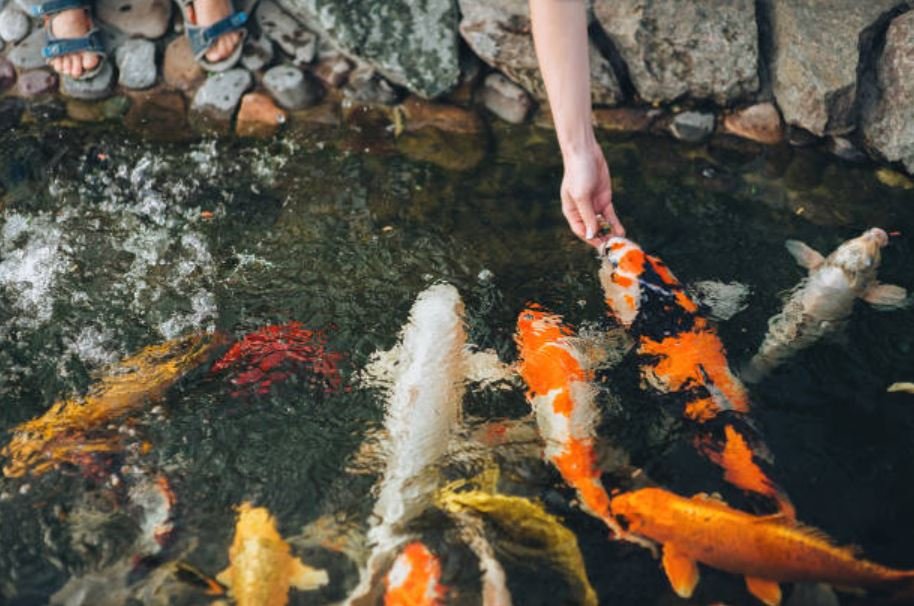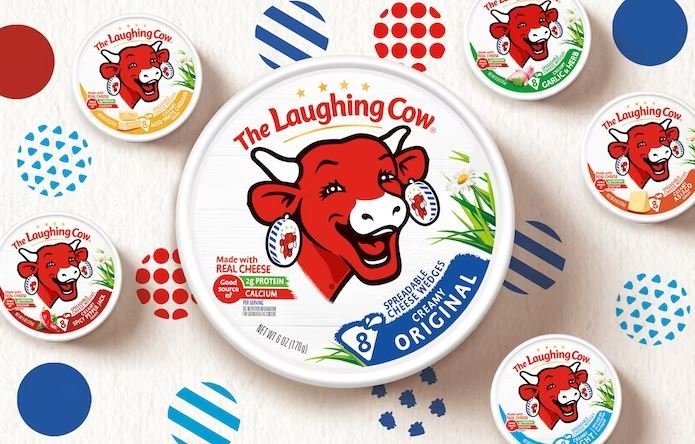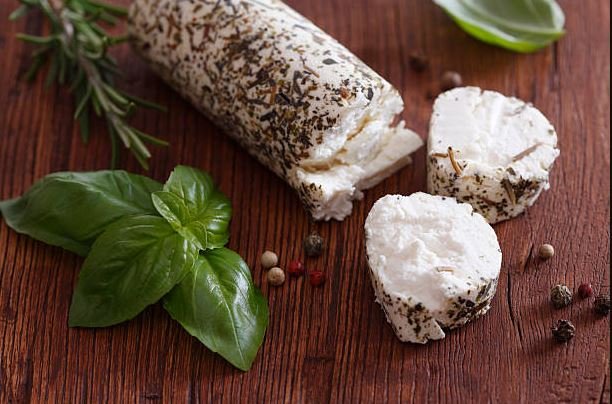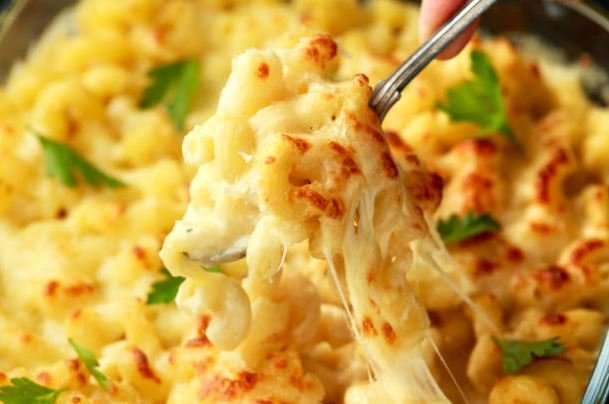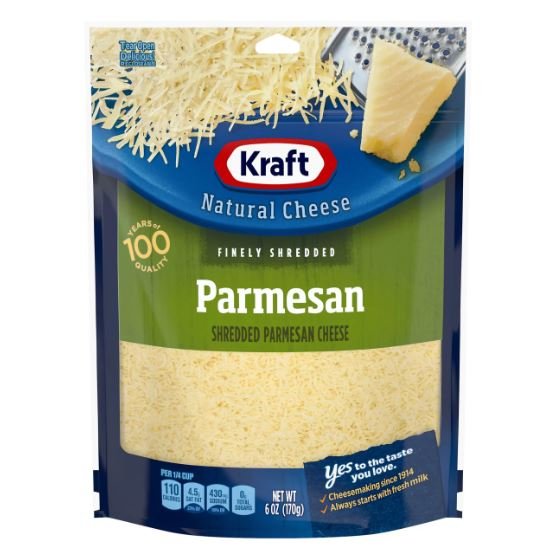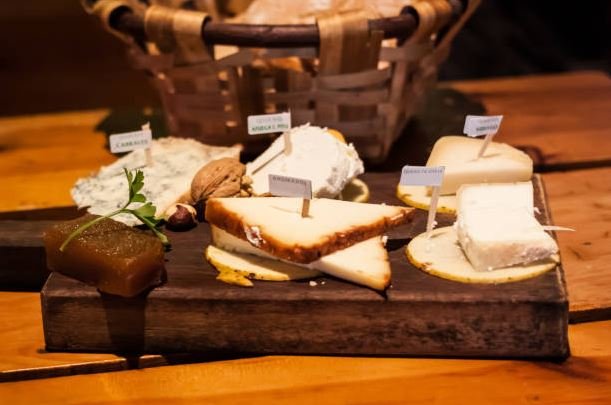Salmon is one of the most widely eaten fish today. It is another great addition to your diet. However, many consider whether to cook and eat with the skin on or without. Does it taste good? Is it safe to eat salmon skin? How do I cook it?
Yes, it is okay to eat salmon skin! This is a fair question because salmon is an oily fish with high amounts of fat that allow for healthy and proper body system functioning.
Salmon skin is conventionally considered safe to eat because it contains minerals, proteins, fatty acids, nutrients, and vitamins in the fish. It is a perfect addition to any menu as it provides the body with additional nutrients.
The National Fisheries Institute’s research proved that salmon is America’s second seafood choice, with the average citizen eating about 3.1 pounds yearly. According to the United States Food and Drug Administration (USFDA), it is recommended that individuals (especially children over 2 years of age and women aged 16-49) eat up to 3 servings of salmon (or any oily fish) every week.
What Should I Consider Before Eating Salmon Skin?
Salmon skin is usually considered safe to eat; however, it is only safe when it comes from a pollution-free source. There are two things to consider before eating salmon skin: one is the fish source, and the other is the nutritional benefits.
1. Source of Salmon Fish
Before devouring it, it is important to find out where your salmon comes from. For instance, contaminated salmon from polluted or dirty water isn’t safe to eat, as the contaminated source releases toxins such that the fish absorb the toxic chemicals from their feed and the water they swim in.
When absorbed into the human system, these toxins put an individual at a high risk of exposure to POPs (persistent organic pollutants), which are likely to cause health issues. There are two kinds of salmon: wild and farmed.
2. The Wild Salmon or the Farmed Salmon
Both species are prone to contamination by toxic chemicals; however, wild-caught salmon is the only one considered safe. Here are the differences between both:
- Wild salmon are natural, grow in a natural environment, and are Pacific species, while farmed salmon are reared and belong to the Atlantic species.
- The wild-caught salmon has a naturally higher amount of fat (omega-3 fatty acid). In contrast, the farmed salmon are chemically fattened with polychlorinated biphenyls (PCBs) and other persistent organic pollutants (POPs) that are dangerous to the health.
- Wild-caught salmon is fed with natural diets with fewer POPs or PCBs. They both have the same protein content, but the wild-caught salmon is low in calories with a higher level of minerals and vitamins like calcium, zinc, and others.
- Some researchers have considered that the safest salmon for pregnant women and children is the wild-caught salmon.
- Wild salmon are not exposed to animal drugs and antibiotics, and their protein contents are unadulterated, unlike farmed salmon-fed drugs to preserve and increase their size.
Nutritional and Health Benefits Derived from Eating Salmon Skin
We bring you 10 incredible benefits derived from eating salmon skin. These benefits have been proven to be true, making it safe for you to eat salmon skin.
1. Maintains A Healthy Balance Of All Bodily Functions
Salmon is a good source of protein, with a 50% protein content. Protein contains an amino acid that helps build parts of the human body, like the blood, muscles, brain, cartilage, nails, hair, and skin. It improves cardiovascular health, helps the body heal after an injury, supports the muscles, plays a vital role in anti-aging, protects bone health, improves bone strength and density, and is a great source that allows for weight loss.
The high levels of omega-3 fatty acids and vitamins protect brain health. DHA works with Vitamins A, D, and Selenium to protect, improve, and boost brain functions.
2. Maintains Heart Healthy
It is a rich source of fat. The Omega-3 fatty acids contain Eicosapentaenoic Acid (EPA), Docosahexaenoic Acid (DHA), and potassium, which helps protect heart health. It lowers artery inflammation, reduces heart disease, decreases cholesterol levels, and helps the heart maintain its blood pressure level against hypertension.
The potassium content creates healthy blood pressure, reduces heart stress, and prevents excess fluid retention. Regularly eating salmon skin reduces heart-related medical issues such as high blood pressure, strokes, heart attacks, cardiac arrest, high triglycerides, and arrhythmia.
3. Promotes Eyesight
Salmon skin is an incredible source of fatty acids and vitamins that enhance eyesight and allow for optimal eye function. It contains Omega-3 fatty acids (EPA and DHA) and Vitamin A, which help to protect vision, maintain eye health, and prevent the development of chronic dry-eye syndrome,
Also, it helps in age-related macular degeneration (AMD) symptoms that worsen the sight during aging. The EPA works to create DHA, which is found in the eye retina more than any other part of the body.
4. For Healthy and Glowing Skin
Salmon skin boosts human skin health and allows glowing and supple skin. It contains antioxidant and carotenoid antioxidants of astaxanthin that helps the body lower free radicals that increase the aging process, especially in the human skin.
The omega-3 fatty acids and Vitamin A greatly benefit the skin and improve its health and quality. Vitamin B3 (niacin) is an important nutrient that helps to absorb and retain moisture for healthy and glowing skin.
The omega-3 fatty acids also contain anti-inflammatory properties that lower acne and joint conditions like osteoarthritis. It also contains a small group of proteins called calcitonin (a bioactive peptide) that boost, improve, control, and balance collagen synthesis in human osteoarthritic cartilage.
5. For Strong and Healthy Bones & Teeth
Salmon skin contains a high amount of Vitamin D that helps the body absorb calcium, an essential nutrient for strong and healthy bones and teeth, and also lowers the deterioration of bones due to aging.
Different Methods on How to Cook Salmon Skin

There are three ways to cook your salmon skin: pan searing, grilling, or air frying.
1. Pan-searing(Salmon Bacon)
This is one of the simplest ways to cook salmon with the skin on.
- Remove the skin from the fillet.
- Slice the skin into 1-inch-long strips.
- Pat the sliced strips dry with a paper towel to remove excess moisture from the skin.
- Heat the cooking oil in a pan and place over medium-high heat.
- Place the strips in the oil and cook for about 15 minutes, frequently turning to prevent them from burning and until crispy.
- Once the strips are crisp, remove them from the pan.
- Then drain the excess oil on a paper towel.
- After that, set aside for at least 10 minutes before serving. The resting time helps trap the seasonings for added flavor and taste.
2. Grilling
The salmon skin grilling process is simple and easy.
- Bring your salmon to room temperature for about 20 minutes before grilling.
- Preheat the grill.
- Pat the salmon dry to prevent it from sticking to the grill grate.
- Then, drizzle both sides lightly with oil and season.
- Add the salmon to the grill and place it, side down, on the hottest part of the grill for about 8-10 minutes. Then, flip to an area with low heat and cook for another 4-5 minutes.
3. Oven-Baking
With your oven, you’re good to go. All you need to do is,
- Set your oven and preheat it to 450 degrees Fahrenheit.
- Line your oven-safe non-stick pan or baking sheet with aluminum foil (ensure the handle is oven-proof).
- Then, season your salmon (with salt, pepper, and other seasonings).
- Place the seasoned salmon, skin side down, in the pan or sheet.
- Place the tray in the oven and bake for 12 to 15 minutes.
4. Air frying
Of course, this seems much easier than grilling, and in just 7 minutes, you have an easy and delicious addition to your menu.
- Season your salmon with oil, salt, pepper, and other preferred seasonings.
- Then, put the seasoned salmon into the air fryer basket.
- Set the air fryer to a temperature of 390 oF and allow it to cook for 7 minutes.
How Do You Know When It Is Done?
There are three reliable methods for determining the doneness of your salmon skin.
1. Check through the color and texture of your salmon interior:
- Slice through the thickest interior of your salmon with a knife.
- The outer layer is brown, beige, opaque pink, or white, depending on the cooking method used. However, if the center is opaque, it means it has been overcooked; if it is slightly pink, it is done; but if it is translucent (red or raw), it needs to be cooked more.
2. Measuring the temperature using an instant-read thermometer (called a meat thermometer):
Using the thermometer, the following are the temperature guides:
- i. Below 110 oF or 43 C, the salmon is still rare (undercooked or raw).
- If it reads about 110 degrees F to 125 degrees F (43 degrees C to 52 degrees C), it shows that the salmon is medium-rare (above raw).
- For medium or well-done, it reads a temperature of 125oF and 145oF.
- It will overcook if it goes beyond 145 oF (65 C), leaving you with a dry and tough fish.
3. Using your finger
This is a simple method for determining the doneness of your salmon. Press gently on the top of the fillet with your finger.
If the flesh separates along the strips of fat (the white lines) across the fillet, it has reached the level of doneness (the separation is called flakes).
Tips for Cooking Salmon Skin
- Always bring your salmon to room temperature for at least 20 minutes before cooking.
- During pan-searing, you can either season it before cooking or after (depending on your choice). However, it is best to always season before cooking.
- Seasoning your salmon before grilling helps prevent it from losing moisture and prevents fire flare-ups.
- Avoid overcooking for more than 12 or 15 minutes, as salmon cooks quickly on a grill.
- Regardless of the cooking method, ensure that the skin side is placed down for easy flipping, protective flash coating, and crispiness.

Crispy Fried Salmon Skin
Equipment
- Sharp knife
- Cutting board
- Large skillet
- Spatula
- Paper towels
- Plate or Serving Platter
Ingredients
- 4 salmon skins (from about 2 pounds of salmon fillets)
- 1 tablespoon vegetable oil (canola or grapeseed oil works well)
- Sea salt or kosher salt, to taste
- Freshly ground black pepper, to taste
Instructions
- Start by ensuring the salmon skins are clean and free from any scales or debris. Rinse them under cold water and pat them dry using a paper towel.
- Using a sharp knife, gently remove the skin from the salmon fillets. Ensure that the skin remains intact and in one piece. You can save the fillets for another recipe.
- Slice the salmon skins into smaller, bite-sized pieces or leave them whole if you prefer larger crisps.
- In a large skillet, heat the vegetable oil over medium heat.
- Once the oil is hot, carefully place the salmon skins in the skillet, skin-side down. Ensure that the skins are not overlapping to allow them to cook evenly.
- Season the skins with sea salt or kosher salt and freshly ground black pepper to taste. Feel free to experiment with additional spices or seasonings, such as paprika or garlic powder, for extra flavor.
- Allow the skins to cook undisturbed for 5-7 minutes or until they turn golden brown and crispy. Use a spatula to gently flip the skins and cook for an additional 3-5 minutes on the other side.
- Once the skins are crispy and golden brown on both sides, remove them from the skillet and transfer them to a plate lined with paper towels. This will help absorb any excess oil.
- Let the crispy fried salmon skins cool for a few minutes before serving. You can serve them as they are or squeeze fresh lemon juice over them for a tangy twist. Alternatively, pair them with your favorite dipping sauce, such as tartar sauce or aioli, for added flavor.
Video
Conclusion
Eating salmon skin is based on individual preference. It is a delicious and healthy addition to your salmon fillet. However, it is only okay to eat it when it is obtained from a safe source, as this helps prevent exposure to health issues and lowers your intake of POPs.
Wild salmon is recommended as it is safer and has a low level of contamination. It is not safe to eat undercooked salmon because this can be harmful to your health. It also increases your risk of bacterial and viral infections. Always refrigerate your salmon to maintain freshness.


